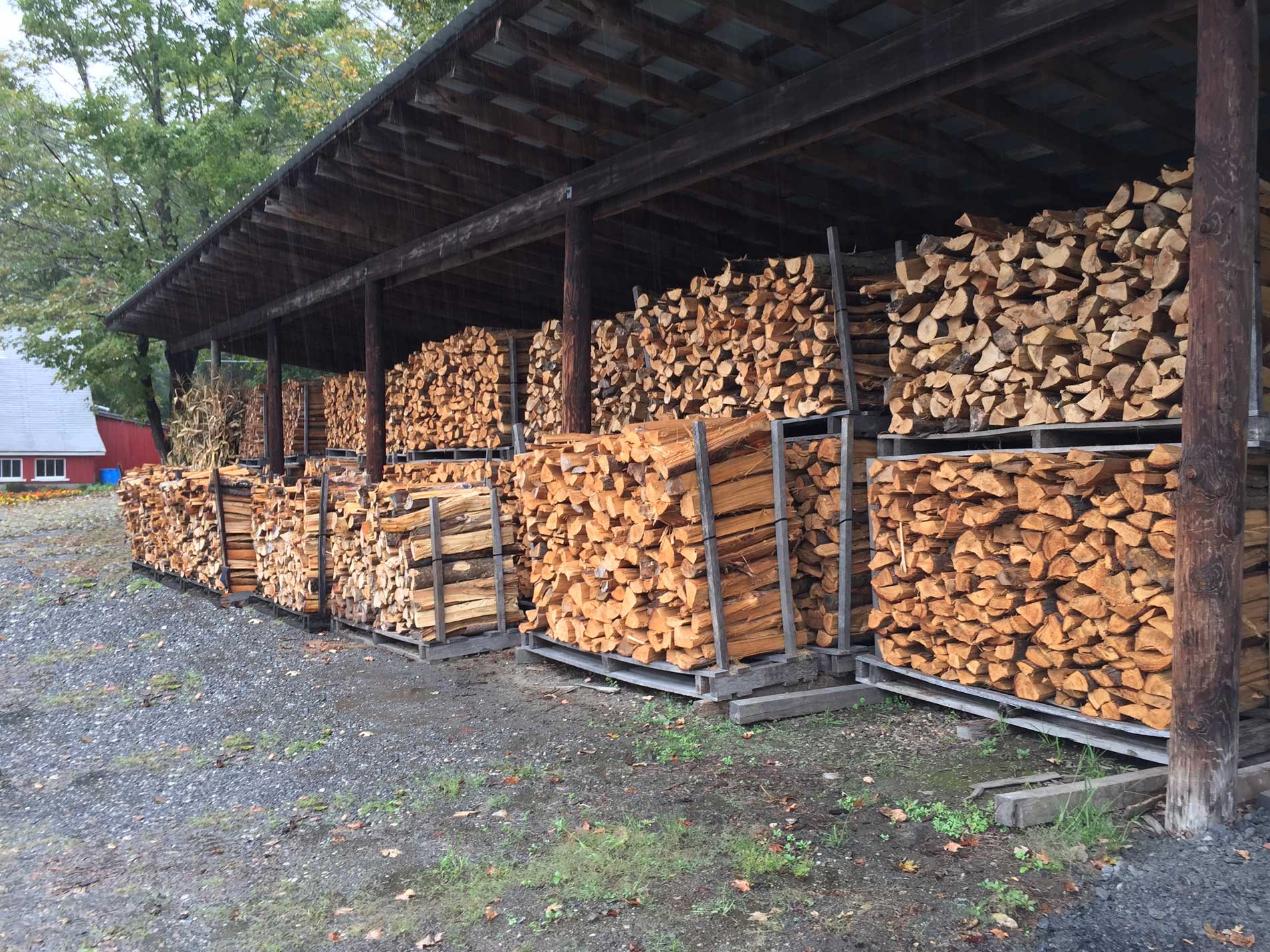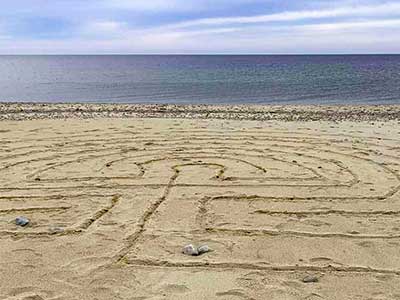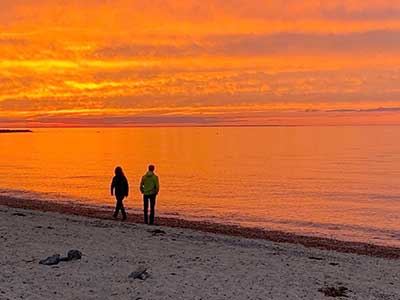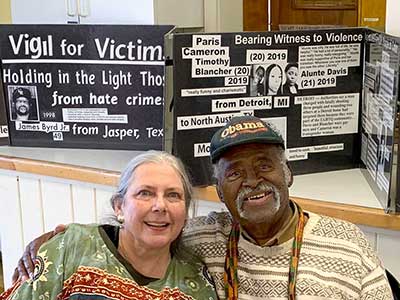by Caroline Randall Williams | June 2020
I have rape-colored skin. My light-brown-blackness is a living testament to the rules, the practices, the causes of the Old South.
If there are those who want to remember the legacy of the Confederacy, if they want monuments, well, then, my body is a monument. My skin is a monument. Dead Confederates are honored all over this country — with cartoonish private statues, solemn public monuments and even in the names of United States Army bases. It fortifies and heartens me to witness the protests against this practice and the growing clamor from serious, nonpartisan public servants to redress it. But there are still those — like President Trump and the Senate majority leader, Mitch McConnell — who cannot understand the difference between rewriting and reframing the past. I say it is not a matter of “airbrushing” history, but of adding a new perspective.
I am a black, Southern woman, and of my immediate white male ancestors, all of them were rapists. My very existence is a relic of slavery and Jim Crow.
TAGS: [Racial Terrorism] [2020’s] [Confederate Monuments] [History] [White Supremacy] [White Culture] [White Blindness] [Slavery] [Systemic Racism] [Accountability]
by Jodi S. Cohen | July 2020
A 15-year-old in Michigan was incarcerated during the coronavirus pandemic after a judge ruled that not completing her schoolwork violated her probation. “It just doesn’t make any sense,” said the girl’s mother. Because of the confidentiality of juvenile court cases, it’s impossible to determine how unusual Grace’s situation is. But attorneys and advocates in Michigan and elsewhere say they are unaware of any other case involving the detention of a child for failing to meet academic requirements after schools closed to help stop the spread of COVID-19. The decision, they say, flies in the face of recommendations from the legal and education communities that have urged leniency and a prioritization of children’s health and safety amid the crisis. The case may also reflect, some experts and Grace’s mother believe, systemic racial bias. Grace is Black in a predominantly white community and in a county where a disproportionate percentage of Black youth are involved with the juvenile justice system.
TAGS: [Racial Terrorism] [Systemic Racism] [Prison System] [White Supremacy] [White Privilege] [White Culture] [-ing While Black]
by Edward Ball | NOVEMBER 2015
“My grandfather went to the folks who had owned our family and asked, ‘Do you have any documentation about our history during the slave days? We would like to see it, if possible.’ The man at the door, who I have to assume was from the slaveholding side, said, ‘Sure, we’ll give it to you.’ “The man went into his house and came back out with some papers in his hands. Now, whether the papers were trivial or actual plantation records, who knows? But he stood in the door, in front of my grandfather, and lit a match to the papers. ‘You want your history?’ he said. ‘Here it is.’ Watching the things burn. ‘Take the ashes and get off my land.’ “The intent was to keep that history buried,” McQuinn says today. “And I think something like that has happened over and again, symbolically.”
TAGS: [Racial Terrorism] [2010’s] [Slavery] [History] [Silencing POC] [Systemic Racism] [White Supremacy] [White Culture] [White Blindness] [White Privilege]
by Jill Lepore | July 2020
In Philadelphia, in 1705, the governor expressed the view that the militia could make the city safer than the watch, but militias weren’t supposed to police the king’s subjects; they were supposed to serve the common defense—waging wars against the French, fighting Native peoples who were trying to hold on to their lands, or suppressing slave rebellions. The government of slavery was not a rule of law. It was a rule of police. In 1661, the English colony of Barbados passed its first slave law; revised in 1688, it decreed that “Negroes and other Slaves” were “wholly unqualified to be governed by the Laws . . . of our Nations,” and devised, instead, a special set of rules “for the good Regulating and Ordering of them.” Virginia adopted similar measures, known as slave codes, in 1680.
TAGS: [Racial Terrorism] [2020’s] [Slavery] [History] [Policing] [Police Shootings] [Systemic Racism] [Black Lives Matter] [White Supremacy] [Prison System] [White Culture] [White Privilege] [Politics]
by Thom Dunn | July 2020
Washington was known as “town destroyer.” He was given that name by the Haudenosaunee Confederacy because he led a scorched-earth campaign against the Haudenosaunee prior to the Revolutionary War, but also during the Revolutionary War to push them further westward, to make room, you know, to create Lebensraum or living space for the new kind of white-Anglo nation that was under construction. Every sitting president to date of the United States has the name “town destroyer” from the Haudenosaunee Confederacy.
TAGS: [Racial Terrorism] [2020’s] [Indigenous] [History] [White Supremacy] [White Culture] [White Privilege] [Systemic Racism]
by Darryl Fears and Steven Mufson | July 2020
As Confederate statues fall across the country, Sierra Club Executive Director Michael Brune said in an early morning post on the group’s website, “it’s time to take down some of our own monuments, starting with some truth-telling about the Sierra Club’s early history.” Muir, who fought to preserve Yosemite Valley and Sequoia National Forest, once referred to African Americans as lazy “Sambos,” a racist pejorative that many black people consider to be as offensive as the n-word.
TAGS: [Racial Terrorism] [2020’s] [Confederate Monuments] [POC Climate Action] [Indigenous] [Black Lives Matter] [Accountability] [History] [White Supremacy] [White Blindness] [Economics] [Employment] [Anti-Racism] [White Privilege] [White Culture] [Systemic Racism] [Strategies]

















